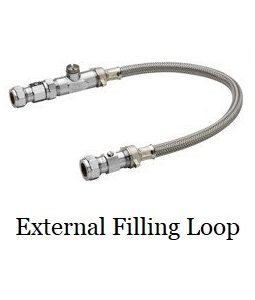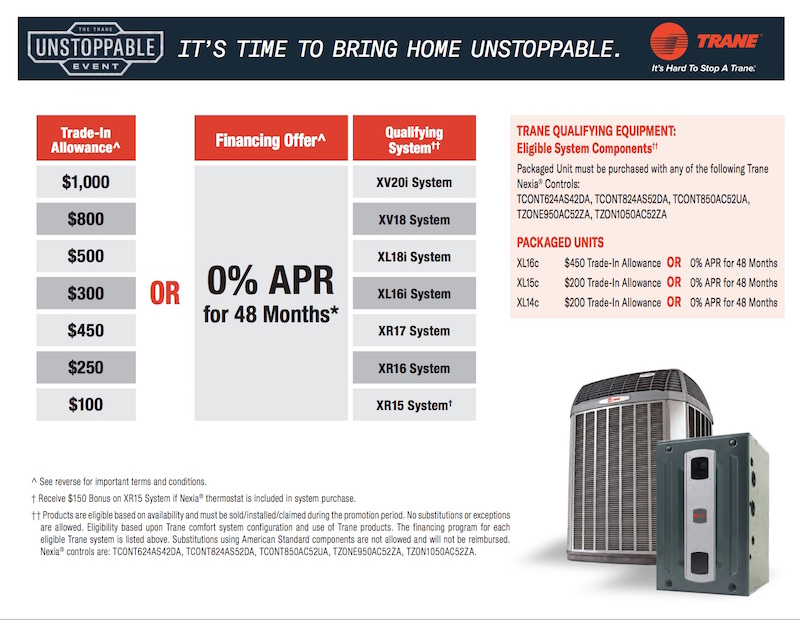
Simple Guide to Repressurize Your Boiler
How to Repressurize a Boiler?
Boilers need constant water pressure (normally, they should be at 1 or 1.5 bars of pressure) to operate correctly. Modern boilers come with a pressure gauge with red marks to indicate when the pressure is too high or too low, or there may be a red needle to mark the ideal water pressure for the boiler. Whenever you need to calibrate the pressure, check the instructions on the panel or in the user manual. Otherwise, here is a step-by-step guide for repressurizing your boiler.
Getting Started
 Before you start the process, close all bleed valves on radiators and towel rails. If they are not closed, they gradually release water and pressure. Next, locate the filling loop. You will be looking for a silver or grey colored, flexible hose with a small valve at each end, that is usually located below the boiler casing. This boiler component is used to top up the boiler with water and increase the pressure.
Before you start the process, close all bleed valves on radiators and towel rails. If they are not closed, they gradually release water and pressure. Next, locate the filling loop. You will be looking for a silver or grey colored, flexible hose with a small valve at each end, that is usually located below the boiler casing. This boiler component is used to top up the boiler with water and increase the pressure.
Operating the Filling Loop
As you slowly open the filling loop, you will see the pressure going up. Most boilers require at around 1 bar. Once you reach the desired pressure, return the filling loop to its starting position to avoid water leaking into the boiler. Otherwise, the pressure will increase too much, and you will end up with a lockout boiler. To find the exact pressure your boiler needs, refer to your owner’s manual. Whenever in doubt, contact a professional technician.
When to Check the Boiler’s Pressure?
The bottom line is to check the pressure gauge monthly. It is also recommended to inspect it at the beginning of the heating season, after bleeding the radiators, and the following day.
If you find that the system pressure is giving you troubles, reach out to the professional heating technicians from Quinnair. Whether you are having problems with your boiler and need them repaired, or, want a quote on a new boiler installation in Colorado, we are here to help.









